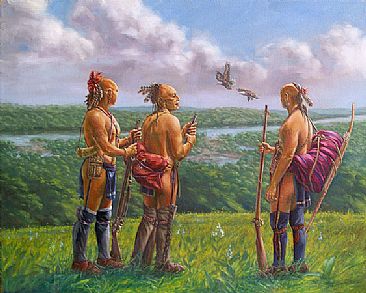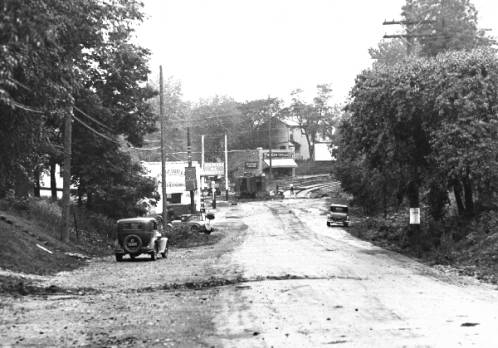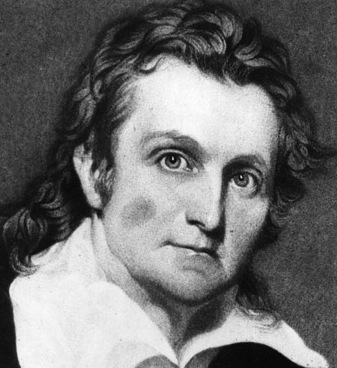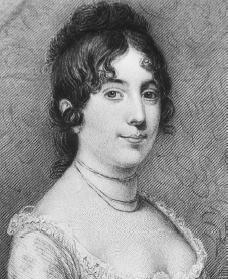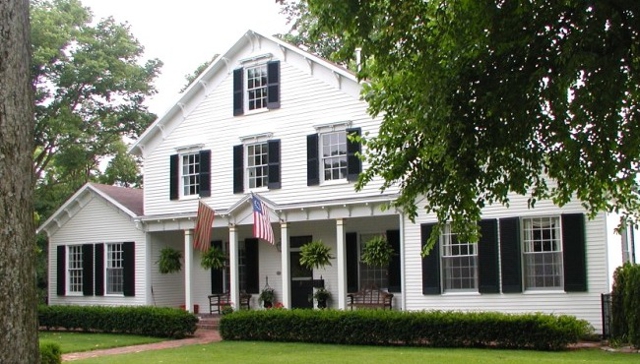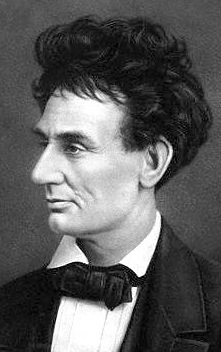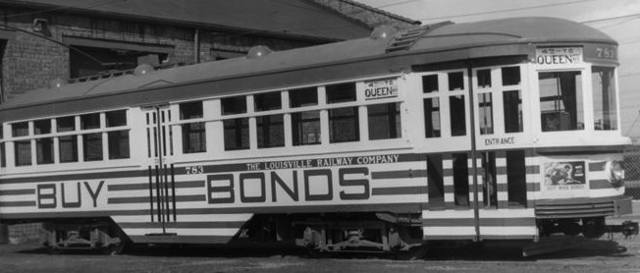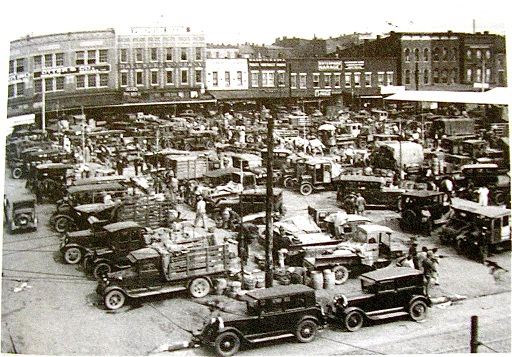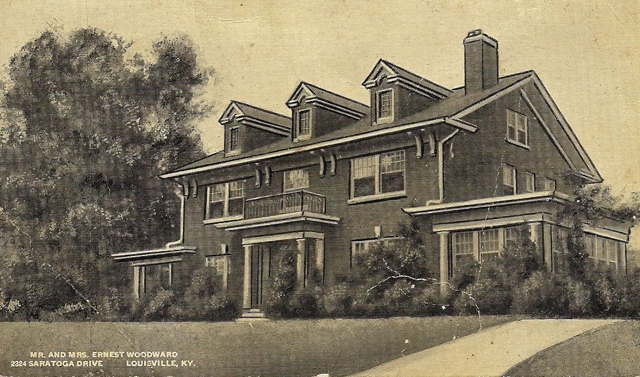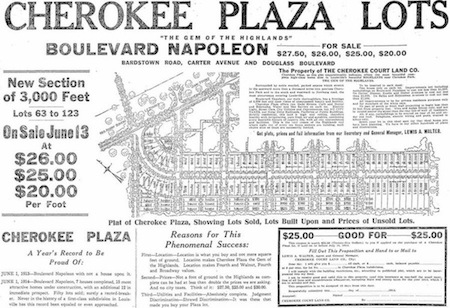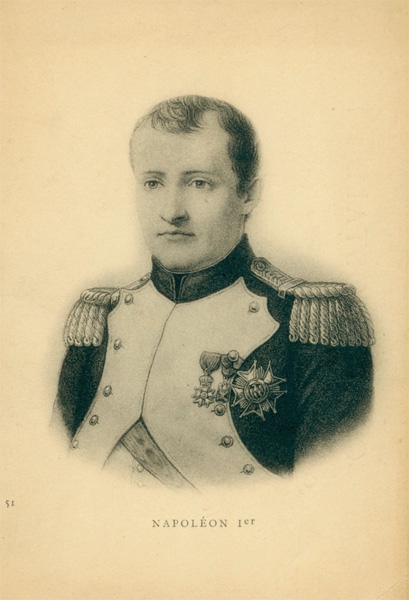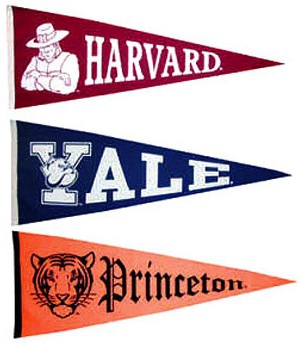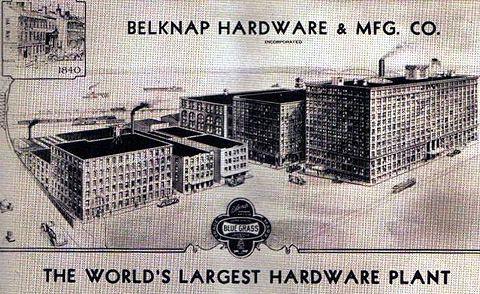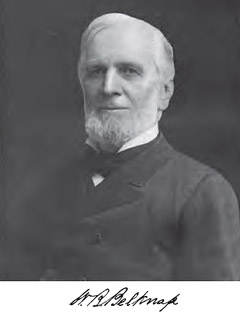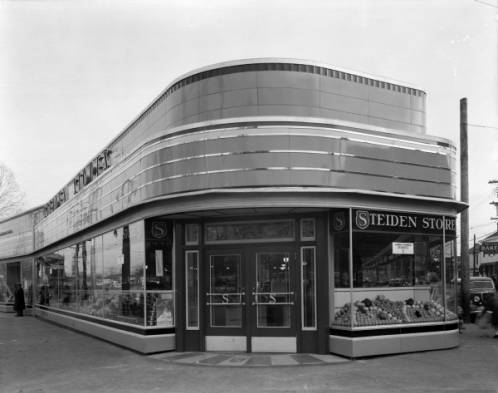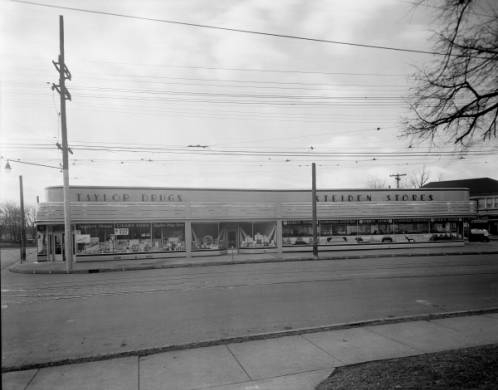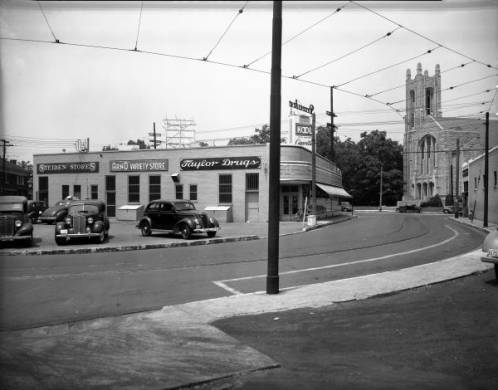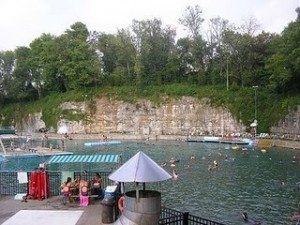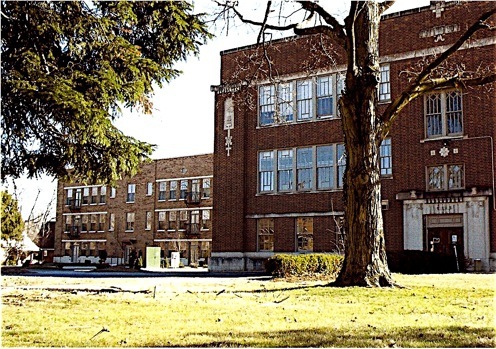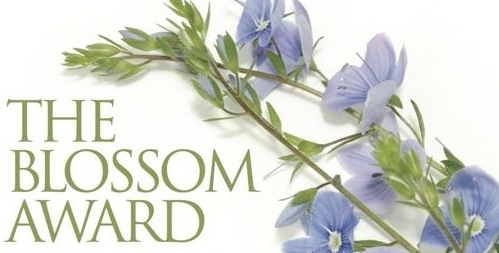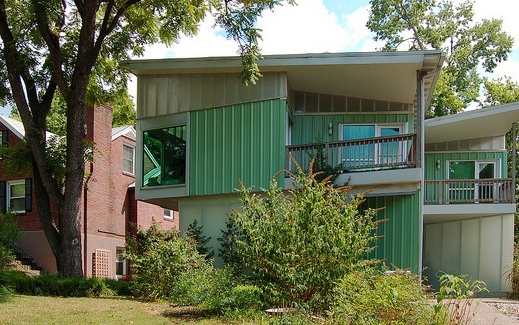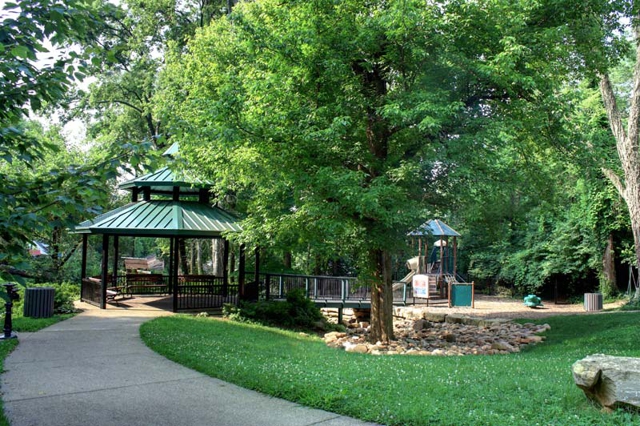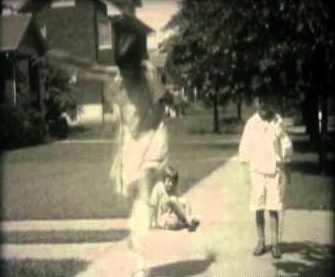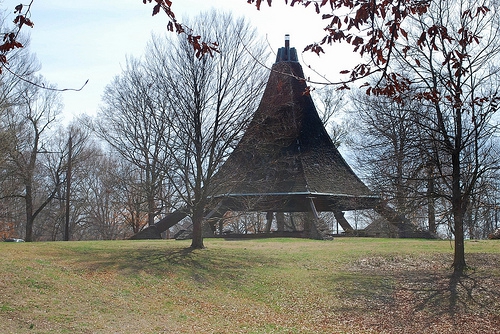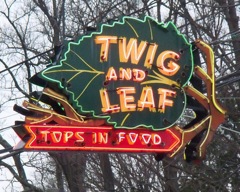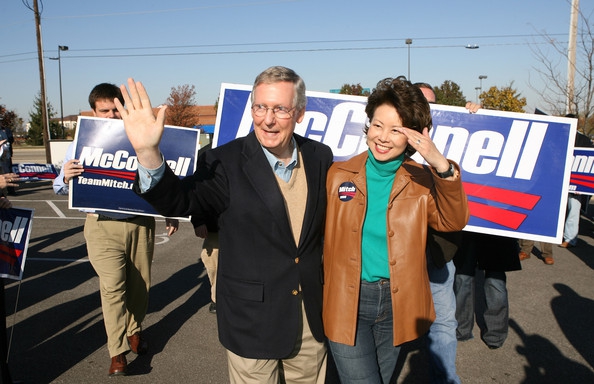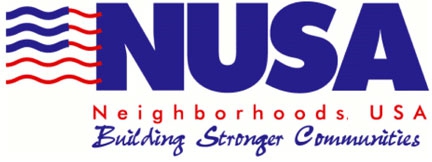Belknap Neighborhood
Belknap's History
Belknap: Creating History, Everyday
What do we know of our neighborhood's history? Is all of it changed and no longer evident? What we do know is change is constant, and in Belknap a lot of history remains very visible and we are proud to share with our neighbors. Look around the neighborhood and you will see a built environment from the 19th, 20th, and 21st centuries.
The area that is now Belknap was once the home to Native Americans from the Shawnee tribe. Recorded history tells us the area was mostly used as hunting grounds. Most Native Americans were forced to leave Kentucky during the Indian Removals of the 1830s.
Native American Shawnee
Before Louisville was a city, land that is now Belknap was granted to veterans of the French and Indian War. Kentucky was part of Virginia until 1792, the year the Commonwealth of Kentucky became the 15th state.
In 1790, the Doup family came to the area from a region along the French and German border. Later the Fred Kaelin family owned part of the Doup property, and in 1923, the Kaelin’s auctioned it for development. The Doup family Cemetery is on Bardstown Road at the edge of the Belknap neighborhood, just across the street from where Doup and Kaelin Avenues meet. There is another house remaining from the Doup Family farm on Eastview Avenue.
Doup's Point at the Corner of Bardstown Road and Taylorsville Road - 1935
In 1801, Jonathan Clark, older brother of George Rogers and William, bought the 1,000 acres from John Campbell that originally belonged to James McCorkle. Clark built the lower front section of the house at 1840 Trough Springs – it was Clark who gave the acreage its name – from a spring that still bubbled in the back yard in 1951, when the Imordes bought the house.
John James Audobon
Two hundred years ago you could have seen John James Audubon as a visitor wandering around the neighborhood sketching birds, or seen Dolly Madison enjoying the landscape as a guest of the Clark family at Trough Springs.
Dolly Madison
Kentucky historical marker 2085 was placed at the intersection of Dundee Road and Trough Springs Lane in 2005 by the Filson Club Historical Society and Daughters of the American Revolution in honor of the importance of Trough Springs to Kentucky's history. While on the Corps of Discovery's expedition to the Pacific Ocean, co-leader William Clark wrote six letters to his brother Jonathan at Trough Spring. In 1805, he sent over 30 expedition artifacts there for family and friends. Built under William Clark's supervision on site selected by George Rogers Clark for their brother Jonathan when he moved to Kentucky in 1802. Jonathan was a Revolutionary War veteran and major general of the Virginia Militia. Trough Spring remained his home until death in 1811. The house has had many owners and several names. Although the appearance has been altered, the original core of house remains intact.
Trough Springs
You could have seen a young Abraham Lincoln visiting the Douglass Loop Tavern, a stage coach stop, in 1841, on his way to Farmington, and stopping by as attorney for the Doup family. Lincoln was known to frequent the tavern during his visits to the area.
Abraham Lincoln
The Zimlich brothers bought 80 acres between Dundee Road and Sewanee Drive in 1847. The brothers ran the stage coach stop until 1901, when 24 acres were sold for development. This parcel is the Zimlich subdivision and is one of the first commercial strips along what is now the Bardstown Road corridor. It includes the Douglass Loop and continues down Bardstown Road to St. Francis of Assisi Church. St. Francis built their first church on land purchased from the Zimlich’s in 1886, and sermons were preached in German for 24 years until 1910.
The Louisville City Railway began in 1859, as a horsecar operator and renamed the company the Louisville City Railway in 1859. Interurban rail ran up and down Bardstown Road and to the Douglass Loop until 1948, when the rails were covered over by asphalt. There were "Loops" along the Bardstown Road corridor for the interurban to turn-around. The Douglass Loop is the last one remaining. The interurban paved the way for neighborhoods such as Belknap to be developed.
A Louisville Streetcar
The Sils family, along with other farmers, incorporated the Hay Market on Jefferson Street in downtown Louisville.
Louisville's Haymarket Square
The Sils sold their farm for development in 1907, and then disposed of their homestead located at the corner of Wibben and Sils Avenues in 1914, when the Belknap School was built. The school was converted into 20 condominiums 91 years later in 2006.
In 1909, the Eiler Family sold a 22-foot easement to the city for one dollar for a street car loop, and the city began to lay tracks for the streetcar, which operated from about 1912, until 1942.
Homes began being built on Saratoga Drive in the early 1900s. Here is an image of Mr. and Mrs. Ernest Woodward's house at 2324 Saratoga Drive.
Cherokee Plaza: "The Gem of the Highlands"
Boulevard Napoleon and its side roads, marketed as "Cherokee Plaza" and "The Gem of the Highlands" was developed by the Cherokee Court Land Company in 1913. By 1914, seven houses were completed and 15 active homes were under construction. A total of 50 lots were sold by June 1914. Lots varied in price from $700 to $3000 and promised full utilities and no taxes.
Boulevard Napoleon is named in honor of Napoleon Bonaparte, a French leader who rose to prominence during the French Revolution.
A combination of new development and anti-German sentiment caused street names to change in the area following World War I. Zimlich became Dundee Road. Other street names were changed as they developed and were annexed into Louisville. Kaelin became Douglass Boulevard, Diebel developed into Harvard Drive, Balke was changed to Yale Drive and Heitzmann became Overlook Terrace. In 1915, St. Paul United Methodist Church started their church In Miller’s Grocery, at what was then the corner of the city – Dundee Road and Harvard Drive.
Yale Drive, Harvard Drive, and Princeton Drive were named after the Big Three schools.
The William Belknap Family who had created Belknap Hardware and Manufacturing Company in 1840, donated 87.6 acres that had been the Gaertner Farm – between Sewanee Drive and Bellarmine University to the University of Louisville.
This was prior to 1917, when the first section of University Park was developed, an area leading into the planned campus. In the 1920’s, the University of Louisville sold the undeveloped land beyond University Park to buy the property at Eastern Parkway, because it already had a building at that location.
The neighborhood really changed in the 1920’s. It changed from grid to curvilinear type development, and had restrictions on building materials – no frame construction was permitted.
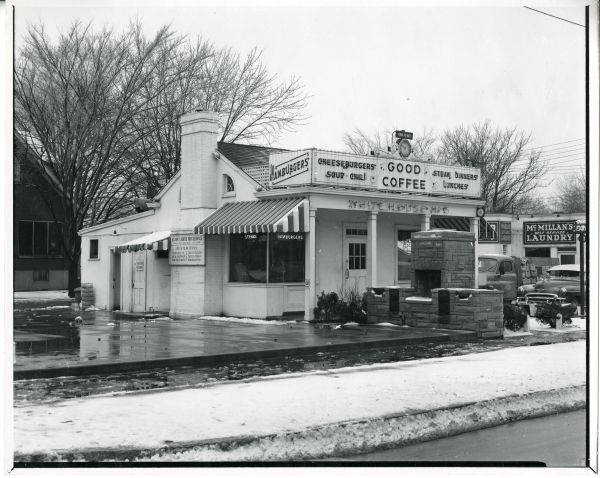
Steiden Store in the Douglass Loop - 1936
Taylor Drugs and Steiden Store in the Douglass Loop - 1936
Douglass Loop - 1938
Although most of the neighborhood was developed by the time of the stock market crash, there were still many lots available. Consequently, a 1920’s house can be found next to a 1940’s house. There is very interesting in-fill, and in many cases it’s hard to tell the age of a house.
Lakeside Swim Club was founded in 1924, for the purpose of beautifying the property surrounding the Lake and using it for the benefit and enjoyment of members. The club grounds and quarry area comprise approximately two and one-half acres and are enclosed by forty-foot cliffs. The quarry is filled annually with 3.2 million gallons of water. The property existed under several names including: Kaelin's Quarry, Highland Lake, and Spring Lake before settling on Lakeside Swim Club. Stones from the quarry that is now Lakeside Swim were used to build roads. The house at 2147 Lakeside Drive was a spring house.
Lakeside Swim Club
Neighborhood associations were organized throughout Louisville in the 1970s, as part of the mayoral administration of Harvey Sloane, to develop community leadership. The Belknap Neighborhood Association was created in 1974, after the three legacy neighborhoods of loose connection: Belknap, Lakeside and Trevilian merged together - forming the largest neighborhood in the Louisville Highlands. Belknap was the name chosen in a public meeting of residents by one vote (Trevilian was the runner-up). The organization was reorganized in 1992, after a dormant period of inactivity, and became a 501(c)4 nonprofit association in 2011. The Belknap year runs from July to June. Every year in June during its annual meeting, the Belknap board of directors elects a new president and leadership team to move the neighborhood forward. View a list of presidents of the neighborhood.
Facilitating an ongoing dialogue among neighbors is the goal of the Belknap Neighborhood News which was first published in 1992. Each Spring and Fall, this newsletter is created, written, edited, printed and hand-delivered to residents by neighborhood volunteers.
The Belknap Logo
In 1982, the William R. Belknap School Building was placed on the National Register of Historic Places. As a tribute to this neighborhood landmark, Belknap resident David Pender created the Belknap Neighborhood Association logo, inspired by a motif from the building in 1993. The BNA went on to register the mark with the Kentucky Secretary of State to protect it as intellectual property of the neighborhood. The craftsmanship displayed in the terra cotta ornamentation on the building's exterior make it one of the city's finest examples of Sullivanesque detailing.
The Belknap School
Belknap's Fall Festival was created in 1994, by Adam Lee, who at the time was the manager of a business in the Douglass Loop as a way to bring the neighborhood together. Over the years, the event morphed into a two-day extravaganza of art, music, local food, family fun and a way to connect with neighbors. The event grows larger each year and drew a record of over 18,000 people in 2011.
Neighborhood leaders created the Blossom Award in the mid-1990s as a way to recognize residents, businesses and groups that have positively impacted the Belknap Neighborhood. The award is presented each June, during the BNA's Annual Meeting. View a list of Blossom Award recipients.
Collaborating in partnership with the City of Louisville, the Louisville Development Authority, the Louisville Community Design Center and a Task Force of Belknap Neighbors, the Belknap Neighborhood Plan was created in 2000, to guide development. Under the leadership of Mayor David Armstrong, Alderman Bill Allison and 14 volunteer neighborhood leaders came together to create a plan that was approved by Louisville Metro government and is now law.
Modern residential design was introduced in Belknap in 2001, when Ruth and Kevin Wyatt, art therapist and graphic designer respectively, built an award-winning modern house on a Ravinia Avenue infill lot. Initially, the home's construction created a stir of community reaction, a lawsuit from an opposing neighbor and was profiled in Dwell Magazine's March 2002, issue. The Wyatt House is now widely considered an architectually significant house and it won a national award.
The Wyatt House
In 1974, Hal Warheim purchased an undeveloped remnant of land bounded by residential lot fronting on Overlook Terrace, Yale Drive and Boulevard Napoleon. "The Woods," as it was called by neighborhood residents, was overgrown and unkempt, but Hal saw its potential - as a redeemed green space, an a neighborhood park that could be enjoyed by the entire community. Opened in 2004, this neighborhood green space is often referred to as Belknap's hidden gem. It is governed by the Warheim Park Association, an all-volunteer group that works to preserve Warheim's vision.
Warheim Park
Large corporations began targeting Belknap for development due to its central location, favorable demographics and proximity to the urban core.
The Belknap Neighborhood Association successfully blocked plans in 2010, and 2011, by one of America's largest corporations to ignore the wishes of residents and the Louisville Metro Planning Commission and install a five bay gasoline station and liquor store next to residents homes on Bardstown Road behind Trevilian Way. Residents organized a grass-roots campaign and collected over 700 signatures opposing the gasoline station. Mandy Connell, a popular Louisville radio personality commented at the time, "This is one of the most organized neighborhood movements I have seen in my life."
In an epic, six-hour meeting before the Louisville Metro Planning and Zoning Commission, Belknap's position against the development of the gasoline station next to homes on Lakeside Drive was supported unaninmously by the commissioners with one abstension. Nine years earlier, a group of Belknap neighbors had the foresight to negotiate binding elements on property located at 2470 Bardstown Road to prohibit gasoline stations, car washes, adult entertainment, liquor stores and cell towers. Tom Fitzgerald, a Belknap resident, executive director of the Kentucky Resources Council and previous recipient of the Heinz Award for environmental leadership and advocacy, successfully represented Belknap's position pro-bono before the commission.
The Loop Barber Shop celebrated it's 85th birthday in October 2011. It is the oldest continously operating barber shop in Louisville, Kentucky.
In December, 2011, a special viewing of old films found in the attic of a home located on Boulevard Napoleon was shown to a group of over 85 residents at the Filson Club. The archived films tell the story of Belknap resident, optometrist and amateur film enthusiast Shirley Hemp's family that lived in the neighborhood in the 1920s - 1950s. The films are now archived at the Filson Club for viewing by the general public.
Francis May dances the Charleston on Boulevard Napoleon
History and environment are important to Belknap residents. In 2010, Belknap was the first neighborood in the Highlands to publicly support saving the E.J. Schickli designed Hogan's Fountain Pavilion (The TeePee) at Cherokee Park. Schickli's iconic structure, was threatened following the release of a controversial plan to tear it down. The TeePee was officially designated a Louisville Landmark in 2012, by the Louisville Landmarks Commission. The commissioners voted five in favor of designation, zero opposed and two abstained. Belknap contributed $650 to the roof restoration fund and numerous neighbors spoke out at the landmark designation hearing.
E.J. Schickli's Hogan's Fountain Pavilion in Cherokee Park
The Belknap Neighborhood supported the landmarking campaign of the Douglass Loop's Twig and Leaf, a 1961 roadside diner of modern design. As a result of the successful grassroots campaign, the Twig and Leaf was designated a Louisville Landmark in 2011 and it is one of the first modern structures to be designated in Metro Louisville. Another big box pharmacy retailer had drawn up plans to tear down the Twig and Leaf and instead build a pharmacy in its place.
The Twig and Leaf
October 2010, brought the local spotlight on Belknap. Louisville Magazine ranked the neighborhood one of the top "Most Livable and Lovable" neighborhoods in Louisville.
The Washington Post profiled Belknap and two of its most famous residents - Mitch McConnell and Elaine Chao, in a November 23, 2010 article. The Washington Post had this to say about the neighborhood, "In Washington, McConnell and his wife, former labor secretary Elaine Chao, are a Republican power couple. In Louisville, they are political outsiders in their leafy, liberal neighborhood of Belknap, where residents mounted a fierce fight and kept a five-bay gas station from despoiling their upscale enclave."
U.S. Senate Republican Leader Mitch McConnell and Former Labor Secretary Elaine Chao are longtime Belknap residents. Senator McConnell is the second Kentuckian to lead his party in the U.S. Senate. He is the longest-serving Kentucky senator. Secretary Chao was the first Asian Pacific American woman and first Chinese American to be appointed to a president's cabinet in American history. She was the only cabinet secretary to serve under George W. Bush for his entire administration. She previously served as CEO of the United Way of America and Director of the Peace Corps.
Belknap was recognized nationally in May 2012, by Neighborhoods, USA, a national non-profit organization committed to building and strengthening neighborhood organizations with its 2012 Neighborhood Newsletter Award. The award was presented during NUSA's annual conference in Indianapolis and is a further evidence to what Belknap residents already know instinctively: they live in one of the best neighborhoods in America!
History is made everyday in Belknap and it's created by our residents and the choices they make. How will the choices you make today, contribute to Belknap's history tomorrow?
